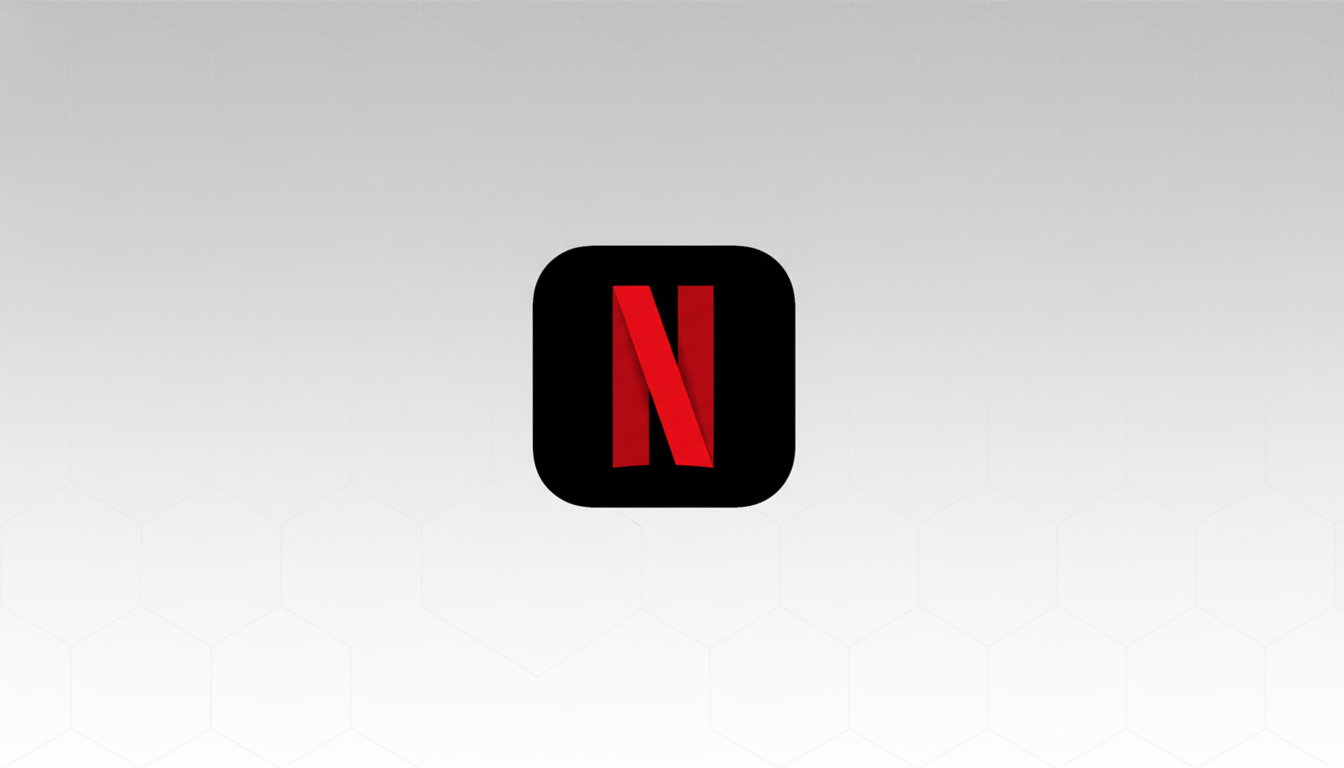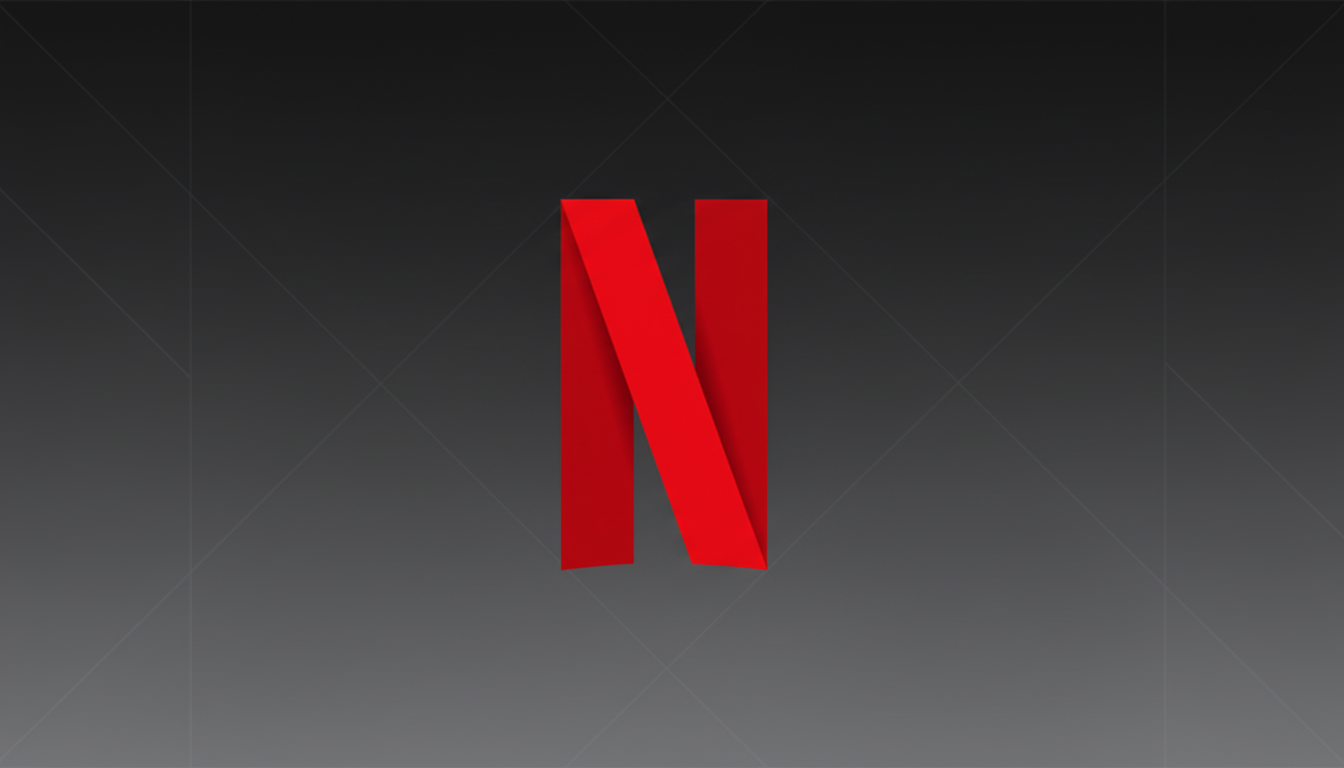Netflix is making a big push into live interactivity. The chief technology officer, Elizabeth Stone, also unveiled a real-time voting capability that allows viewers on TV and mobile handsets to contribute to content in live programming, effectively turning passive viewing into active participation for a given period of time.
How Real-Time Voting Works in Netflix’s Live Programming
The feature was quietly tested on the live cooking show “Dinner Time Live with David Chang” since August, when on-screen prompts encouraged viewers to make snap decisions within a countdown window. Tallying votes and displaying them in real time, the results determine the direction of the show’s segment. If you’re running behind on the livestream or in a catch-up state with the rewind, you’ll miss the window and that up-the-dial pressure to make sure your viewing is live.

Netflix intends to incorporate this feature into a forthcoming reboot of “Star Search,” the classic talent competition show, allowing audience ratings to play on results. Early trials relied on lighthearted picks — like tuna fish vs. grilled cheese or soups vs. salads — to ensure they were able to validate latency, concurrency, and UI responsiveness under real-world load. Within its four walls, Netflix says engagement was flat from episode to episode — a sign the company takes as long-term interest rather than one-off novelty.
Why Is Netflix Betting on Interactive TV?
Live interactivity is part of a wider approach to further distinguish Netflix’s live slate and foster community viewing. The company has been dabbling in choice-driven formats since “Black Mirror: Bandersnatch” and it’s tried viewer polls on unscripted hits including “Too Hot to Handle” and “Love Is Blind.” The new twist is all about speed: Decisions are locked in and reflected during a live broadcast — not tallied up after the fact.
It’s a sensible approach, since that is where audiences are now. Live platforms like Twitch popularized polls and real-time feedback loops, and second‑screen habits have made fast input a matter of course. With more than 260 million members around the world, Netflix is in a position to make scale work as a network effect — more viewers means a richer experience for everyone and more high-stakes outcomes — as long as its service holds up at peak times.
All About Polling, Games, and Immersive UX
Stone also characterized voting as one piece of a broader foray into real-time engagement across formats. Netflix has been introducing “Party Games for TV,” which stream to a living room screen while phones serve as controllers, with titles like Boggle in the pipeline and more games on the way. The company is still exploring cloud gaming, which involves similar interaction patterns — short input loops and immediate feedback — that work well on a household TV.

The platform is broadening the feature beyond shows and games. New homepage “immersive experiences” incorporate animation and dynamic effects to showcase collections, starting with a Halloween rollout and expanding to a holiday collection as well as IP-driven themes like a “Bridgerton” experience. Over the longer term, Netflix is excited to bring in-the-moment interactivity to podcasts by combining them with audio that’s interactive and light.
The Tech Behind the Moment: Low-Latency Voting at Scale
Real-time voting at Netflix’s scale is about shaving latency without breaking the stability of the stream. That can include sub-1 second HLS or CMAF delivery, synchronized client clocks, and efficient aggregation at the edge to maintain a fair vote window across geographies. Netflix’s Open Connect content delivery network gives Netflix a distribution edge, but votes bring new challenges: protections against bots, prevention of duplicate voting across devices, and guarding against households with shared profiles.
Equally important is UX clarity. Time-limited prompts should be accessible with subtitles and screen-readers; exist consistently across smart TV platforms; and not dominate the screen during heyday live moments. For the competition formats that dominated last year’s list of winners, Netflix will require clear rules for how audience ratings would factor into judges’ decisions and contingency plans if latency spikes or regional outages led to vote discrepancies.
What It Means For Creators And Advertisers
For producers, immediate voting unlocks new beats in live storytelling — branching segments, audience-powered reveals, pacing that adapts to the sentiment of viewers. Done well, it can extend session times and increase social chatter, two metrics that matter in a crowded streaming market. With the company’s ad-supported tier, that same plumbing could let brand-safe, opt-in polls or interactive sponsorships be tied to live tentpoles, with strict guardrails against creative invasion of the core offering.
The true test comes as Netflix elevates its choice-making from snackable polls to decisions with consequences. If “Star Search” finds that right balance — high participation, low friction, and results that feel both fair and thrilling — then real-time voting could become Netflix Live’s default means of expression, not a novelty banner draped over a handful of special events.

